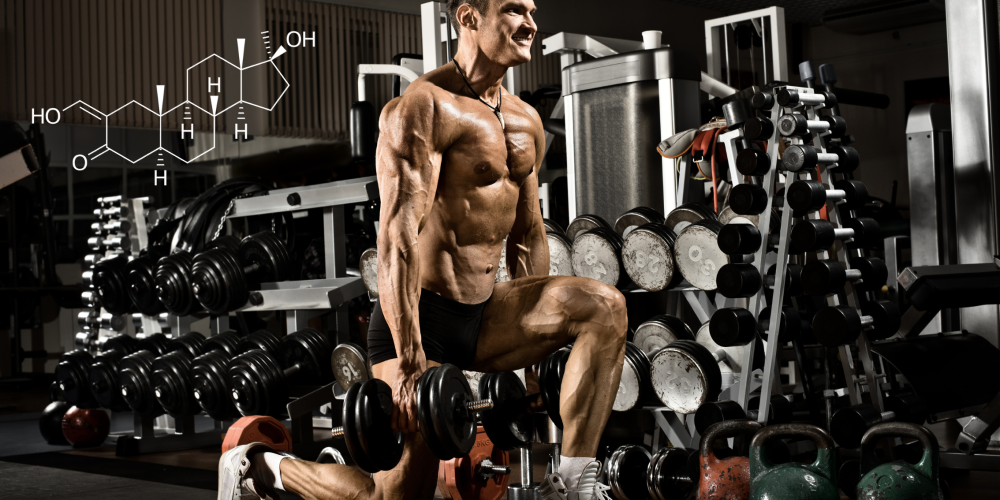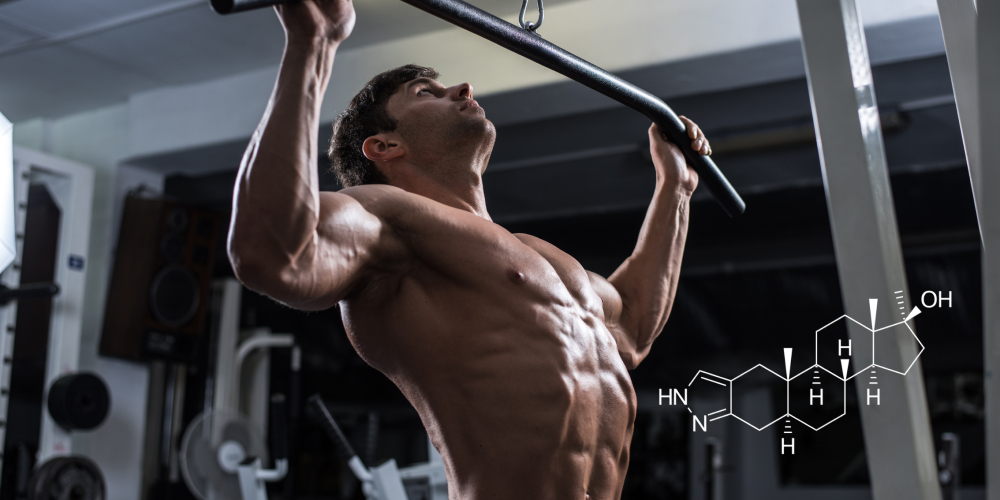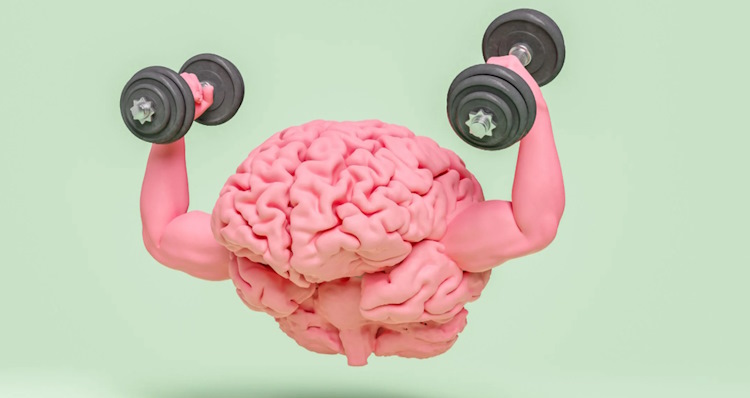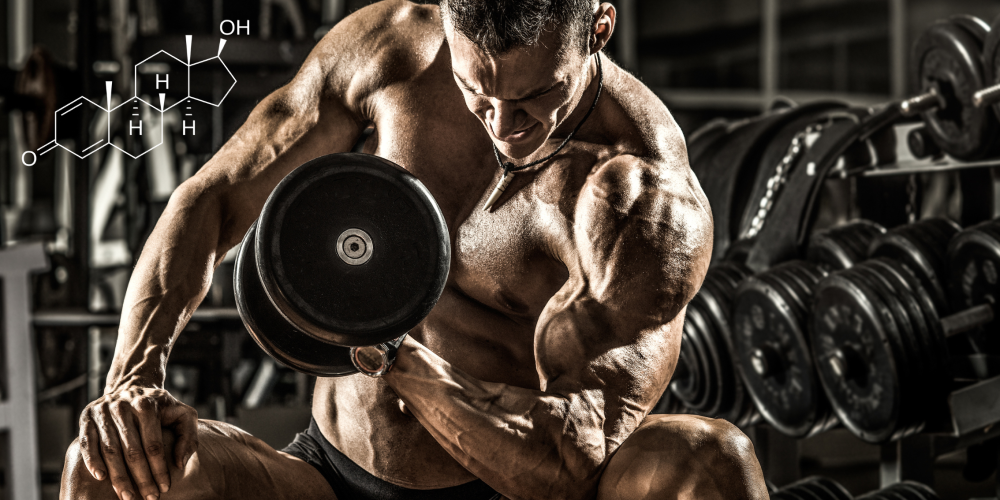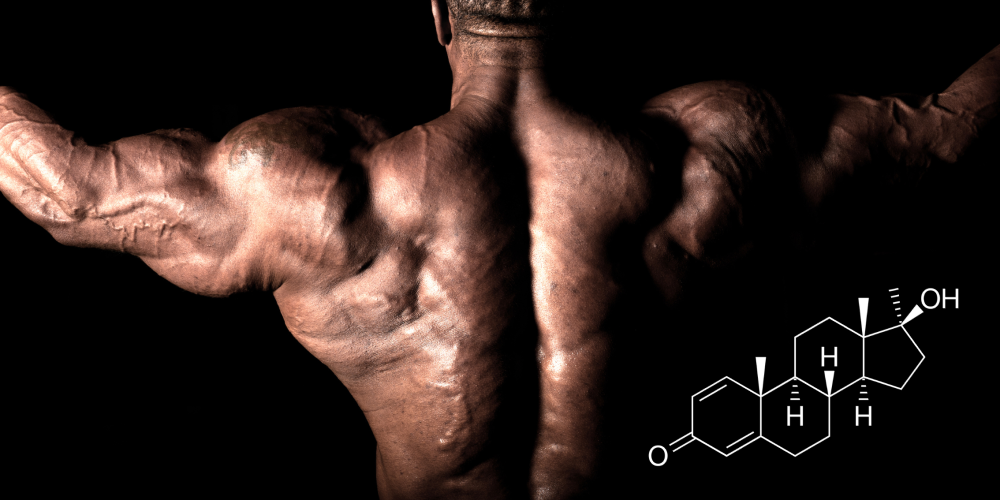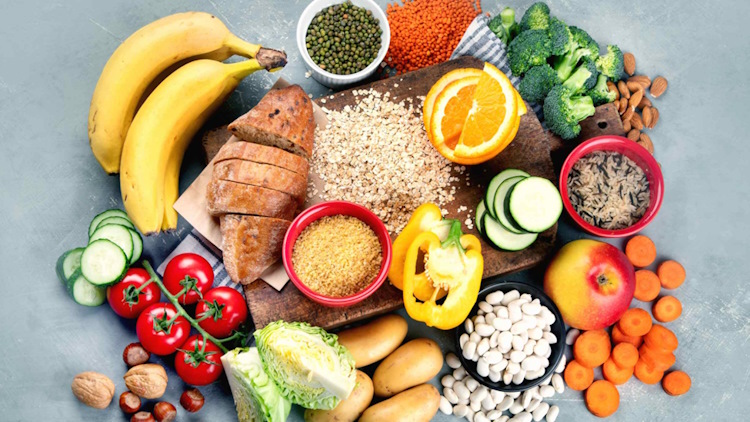Beyond “No pain, No gain!”: Understanding pain in bodybuilding
Welcome to the world of bodybuilding, where the motto “no pain, no gain” has been around for decades. We’ve all heard it before, but what does it really mean? Is it always true? And what about pain? How do we differentiate between good and bad pain?
Over the course of this article, we’ll delve beyond the popular mantra of “no pain, no gain” and discuss the importance of understanding pain in bodybuilding. Throughout my career, I’ve witnessed the detrimental effects of overworking and ignoring pain in bodybuilding. Therefore, I would like to explore the different types of pain, how to differentiate between good and bad pain, and ways to prevent injury and promote recovery.
- The Science Behind Pain Tolerance
Bodybuilding is a sport that requires a high level of pain tolerance. Whether you’re pushing through the last few reps of a heavy set or dealing with the soreness that comes after a tough workout, pain is an inevitable part of the journey. However, why are bodybuilders able to tolerate pain better than the average person and what are the benefits of having a high pain threshold?
The biology of pain tolerance is complex, but it’s believed to be largely influenced by genetics and past experiences. In general, people with a higher pain tolerance are able to activate specific neural pathways that dampen the sensation of pain. This allows them to continue performing physical tasks even when their bodies are sending pain signals.
Nevertheless, it’s not just genetics that play a role. Bodybuilders are known for putting themselves through grueling workouts that test their physical and mental limits. Over time, this consistent exposure to pain can help desensitize the body to discomfort and increase pain tolerance.
So, what are the benefits of having a high pain tolerance in bodybuilding? For one, it allows athletes to push themselves further than they might have thought possible. When you’re able to ignore the discomfort of heavy weights or intense cardio, you’re more likely to see results and achieve your goals. Additionally, having a high pain threshold can improve mental toughness, making it easier to stay motivated and dedicated to your training.
Consider the case of Dorian Yates, a six-time Mr. Olympia winner known for his intense training style. Yates famously pushed himself to the brink of exhaustion during every workout, often training to failure and beyond. His high pain tolerance allowed him to perform these brutal workouts consistently, leading to a physique that was unparalleled in its size and definition.
Of course, it’s worth noting that there are potential downsides to having a high pain tolerance as well. Bodybuilders who push themselves too hard or ignore the signs of injury can end up doing more harm than good. In the next chapter, we’ll discuss the different types of pain in bodybuilding and when it’s appropriate to push through discomfort and when it’s time to take a break.
- Types of Pain in Bodybuilding
As a bodybuilder, you’re no stranger to pain. Whether it’s the burning sensation in your muscles during a heavy set or the soreness that lingers for days after a tough workout, pain is an integral part of the process. But not all pain is created equal, and it’s important to understand the different types of pain you may experience in bodybuilding.
The two main types of pain in bodybuilding are acute and chronic pain. Acute pain is the sharp, sudden discomfort you might feel during a workout or immediately after. This type of pain is normal and even necessary for muscle growth, as it signals that you’re pushing your body to its limits. Acute pain is typically short-lived and will dissipate on its own within a few days.
On the other hand, chronic pain is a sign that something is wrong. This type of pain is persistent and can last for weeks or even months. Chronic pain can be caused by a variety of factors, such as overuse injuries, muscle strains, or joint inflammation. If left untreated, chronic pain can worsen over time and potentially lead to long-term damage.
So how can you tell the difference between normal pain and pain that requires medical attention? One key factor is the duration of the pain. If you’re experiencing discomfort that lasts longer than a few days or doesn’t improve with rest and recovery, it’s a sign that something may be wrong. Additionally, if you notice swelling, bruising, or other physical symptoms it’s important to seek medical attention right away.
It’s also important to listen to your body and pay attention to any warning signs. If a particular exercise or movement consistently causes pain, it may be time to reevaluate your training program or seek the advice of a professional.
Understanding the different types of pain in bodybuilding is crucial for maintaining a safe and effective training regimen. By recognizing the signs of normal pain versus pain that requires medical attention, you can ensure that you’re pushing yourself to your limits without putting yourself at risk for injury.
- Strategies for Managing Pain
While pain is an inevitable part of bodybuilding, there are strategies you can use to manage it and prevent injury. Here are a few techniques that bodybuilders have used successfully:
– Mental techniques: Visualization and positive self-talk are two mental strategies that can help you push through pain and stay focused on your goals. By visualizing yourself successfully completing a difficult lift or repeating a positive mantra to yourself, you can build mental resilience and overcome the discomfort of pain.
– Physical methods: Stretching, massage, and foam rolling are all physical techniques that can help alleviate pain and improve recovery. By loosening tight muscles and improving circulation, these methods can reduce the likelihood of injury and promote faster healing.
– Rest and recovery: Perhaps the most important strategy for managing pain is to prioritize rest and recovery. This means taking regular breaks from training, getting enough sleep, and fueling your body with proper nutrition. Without adequate rest, your body will be more susceptible to injury and pain.
However, don’t just take our word for it. Here are a few examples of how different bodybuilders have used these techniques to manage pain:
– Arnold Schwarzenegger, a bodybuilding legend, has spoken extensively about the power of visualization in his training. By visualizing his muscles growing and becoming stronger, he was able to push through the pain and achieve incredible gains.
– Bodybuilder Jay Cutler is a big advocate of massage and foam rolling, which he says help him stay loose and prevent injuries.
– IFBB pro bodybuilder Flex Lewis emphasizes the importance of rest and recovery, saying that “you don’t build muscle in the gym – you build muscle when you’re resting and recovering.”
Ultimately, the key to managing pain in bodybuilding is to take a holistic approach. By combining mental and physical techniques, prioritizing rest and recovery, and listening to your body’s needs, you can stay healthy, injury-free, and on track to achieve your goals.
- Building Pain Tolerance
When it comes to bodybuilding, pain is just part of the deal. However, if you want to build serious muscle and be ripped like a superhero, you need to be able to push through that pain without wrecking yourself. So how can you do it? Here are some tips:
First off, you need to train consistently if you want to build your pain tolerance. That means gradually ramping up the intensity of your workouts, but also being smart about it. You don’t want to go from zero to hero and wind up with an injury that puts you out of commission for weeks.
Next up, let’s talk nutrition. You need to be eating the right stuff if you want to build muscle and recover from your workouts. Think plenty of protein, healthy fats, and complex carbs. Fuel up right, and your body will be ready to take on whatever you throw at it.
Now, it’s important to listen to your body. If you’re experiencing pain that’s beyond the usual soreness and fatigue of a tough workout, it’s time to dial it back and give your body a break. Pushing through pain is a recipe for disaster, my friends.
And finally, building pain tolerance takes time. You can’t go from feeling every ache and pain to shrugging off a cinderblock to the chest in one go. Gradually ramp up the intensity of your workouts, and take breaks when you need to. Rest and recovery are just as important as the work itself.
Oh, and fun fact – research has shown that some people might be naturally better at handling pain than others. However, that doesn’t mean you can’t improve your own pain tolerance with practice and perseverance.
So there you have it, folks. Building pain tolerance is key to taking your bodybuilding game to the next level, but it’s not something you can rush. Train smart, eat well, listen to your body, and build gradually. You got this.
Pain is a natural part of the bodybuilding journey, but it’s important to understand the difference between good pain and bad pain. Good pain can indicate progress and growth, while bad pain can signal injury or damage. It’s important to listen to your body and know when to back off and give yourself time to recover. And if you’re experiencing discomfort, there are things you can do to manage the pain and support your body in its journey to become stronger and healthier. So remember, it’s not all about “no pain, no gain” – it’s about understanding pain and using it as a tool to achieve your bodybuilding goals.
In conclusion, while bodybuilding requires pushing oneself to the limit, it is crucial to recognize and address pain to prevent long-term damage. By prioritizing proper recovery and injury prevention, athletes can reach their goals without sacrificing their health.
Good pain is the type of pain that comes from pushing yourself to new limits. It’s the burn you feel in your muscles as you work through a tough set. This type of pain is normal and expected, and can even be an indication that you’re making progress.
On the other hand, bad pain is the type of pain that signals injury or damage. This type of pain is not normal, and can actually hinder your progress in the long run. It’s important to listen to your body and know when to back off and give yourself time to recover.
So remember, “no pain, no gain” should not be taken too far, and it is essential to listen to your body and understand the difference between good pain and bad pain – it’s about understanding pain and using it as a tool to achieve your bodybuilding goals.



